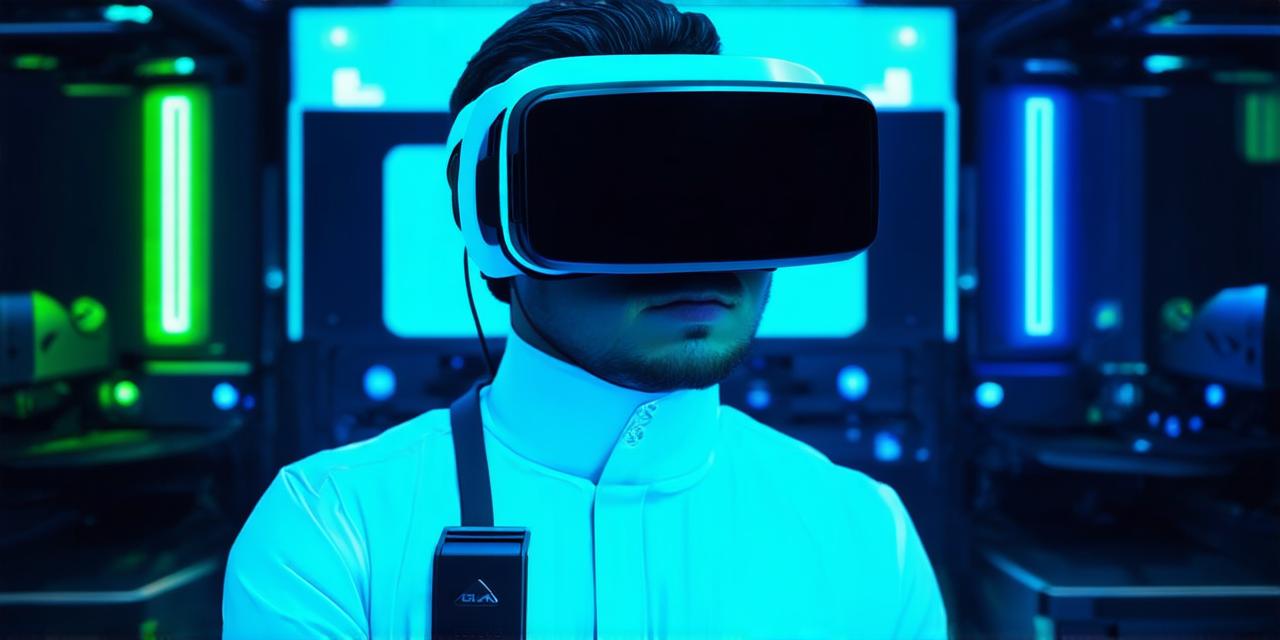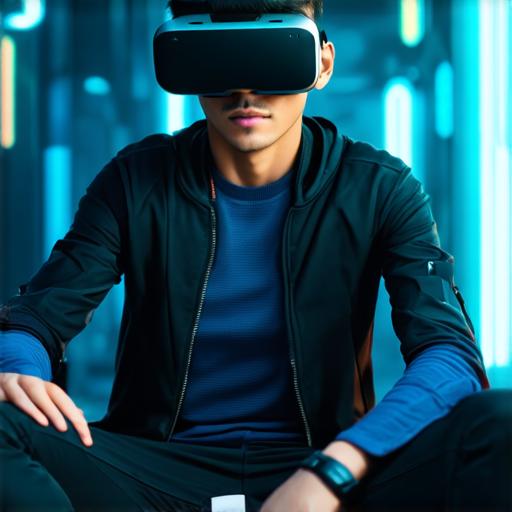
How real can virtual reality feel?
Virtual reality (VR) technology has come a long way since its inception. With advancements in hardware and software, VR experiences are becoming increasingly immersive and realistic.
The Science Behind Virtual Reality
Virtual reality works by stimulating our senses in a way that creates an illusion of presence in a simulated environment. When we wear a VR headset, sensors track our movements and adjust the visual and audio feedback in real-time to create a seamless and believable experience.
One of the key factors in making virtual reality feel more real is the use of haptic technology. Haptics are physical sensations that can be felt through touch or movement, such as vibrations or resistance. By incorporating haptics into VR experiences, developers can create a more immersive and realistic environment.
Case Studies in Virtual Reality
One of the most compelling examples of how virtual reality can feel real is in the field of medical training. For example, surgeons can use VR to practice complex procedures in a simulated environment, which allows them to develop their skills without risking patient lives. By incorporating haptic feedback into these simulations, surgeons can also experience the sensation of touching and manipulating virtual organs, making the experience feel even more realistic.
Another area where virtual reality is being used to create realistic experiences is in gaming. With advancements in graphics and processing power, VR games are becoming increasingly immersive and engaging. By using motion tracking and haptic feedback, developers can create a sense of presence that makes players feel like they are truly part of the game world.
Personal Experiences with Virtual Reality

As a virtual reality developer, I have had the opportunity to try out several different VR experiences myself. One of the most memorable was a VR experience called “Job Simulator.” This simulation allowed me to practice various office jobs in a simulated environment, such as typing on a keyboard or answering the phone. By incorporating haptic feedback into the experience, I felt like I was actually sitting at my desk and performing these tasks.
Another personal experience that made virtual reality feel more real was when I tried out a VR escape room. In this experience, I was placed in a virtual room with various clues and puzzles that I had to solve to escape. By incorporating haptic feedback into the experience, I felt like I was actually physically interacting with the environment and objects around me, making the experience feel much more realistic.
The Future of Virtual Reality
As virtual reality technology continues to evolve, we can expect to see even more immersive and realistic experiences in the future. With advancements in haptic technology and other areas, developers will be able to create even more believable simulations that blur the line between reality and virtual reality.
In conclusion, while virtual reality may never truly feel completely real, it is becoming increasingly immersive and engaging. By incorporating haptic feedback and other advanced technologies, developers can create experiences that are both entertaining and educational, allowing us to explore new worlds and possibilities in ways that were previously impossible. As virtual reality continues to evolve, we can expect to see even more exciting developments in the years come.


